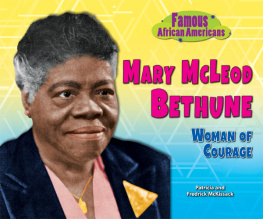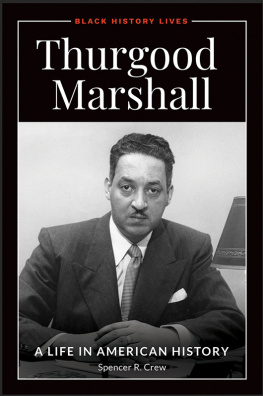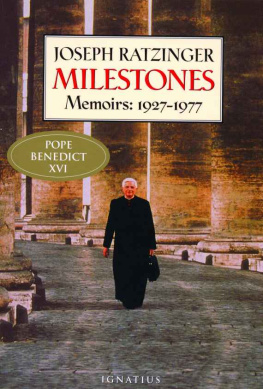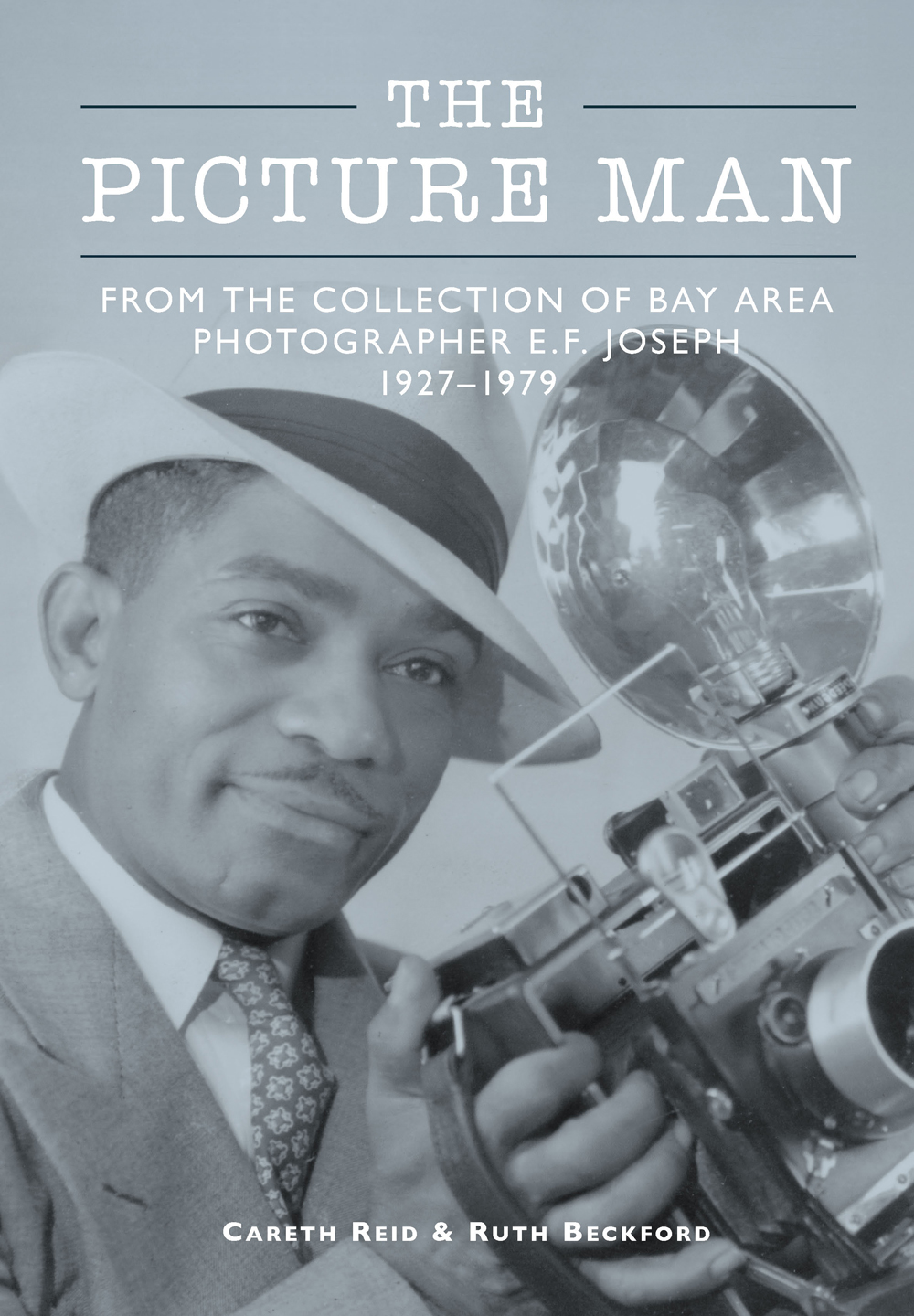
THE
PICTURE MAN
FROM THE COLLECTION OF BAY AREA
PHOTOGRAPHER E.F. JOSEPH
19271979

ON THE COVER: E.F. Joseph is ready for work.
UPPER BACK COVER: The Ink Spots (see )
LOWER BACK COVER: (from left to right) The Katherine Dunham Dancers (see )
THE
PICTURE MAN
FROM THE COLLECTION OF BAY AREA
PHOTOGRAPHER E.F. JOSEPH
19271979
CARETH REID & RUTH BECKFORD

Copyright 2017 by Careth Reid & Ruth Beckford
ISBN 978-1-4671-2565-9
Ebook ISBN 9781439660225
Published by Arcadia Publishing
Charleston, South Carolina
Library of Congress Control Number: 2016957802
For all general information, please contact Arcadia Publishing:
Telephone 843-853-2070
Fax 843-853-0044
E-mail
For customer service and orders:
Toll-Free 1-888-313-2665
Visit us on the Internet at www.arcadiapublishing.com
To my mother Mary Alice Kimbrough-Bomar my daughter Gail Adele Reid my son Frederick Willis Reid III my husband Frederick Willis Reid Jr.
Careth Reid
To my mother Cora Gertrude Beckford and her sisters The Fowler Girls my cousin Bobbi Fisher my niece Linda Speed my extended family Ron and Cle Thompson
Ruth Beckford
CONTENTS
ACKNOWLEDGMENTS
Special thanks to my children, Fred Reid and Gail Reid, for making my day-to-day life less stressful. I would also like to thank the following: Dawn Foster, computer formatting and editing assistant; Hank Chan, photograph reproduction from the negatives; Gene Hazzard, head shot photographer; genealogist Electra Price, early researcher; Betty Reid-Soskin, early researcher and the oldest park ranger in the US at the Rosie the Riveter Park in Richmond; Tina Walters, early researcher; Aloysia Fouche, early researcher; Mary Savoie-Stephens, early researcher; and Bob Clinton, technical support.
Careth Reid
Thank you to all my friends who were happy to see me busy working on another project at 90 years old. They said it gave them inspiration and motivation to keep going regardless of age.
Ruth Beckford
INTRODUCTION
E.F. Joseph began his work documenting black families, personalities, events, and so on in the Bay Area communities throughout California in 1927 and did not stop until his death in 1979. He submitted much of this documentation to the Pittsburgh Courier and the Chicago Defender newspapers in which they were printed. Before the 1950s, black news was not printed in the local white newspapers; consequently, black families in California and in the South subscribed to the Courier and the Defender for news in their communities.
In 1980, author Careth Diddy Reid purchased, for $2,000, Josephs entire collection of negatives, personal papers (including his correspondence with relatives in St. Lucia), medical files, business papers, invitations, and government base authorizations from his second wife, Lucy. His first wife, Alyce, had predeceased him on August 11, 1963, due to liver failure.
His widow, Lucy, was closing her husbands estate after his death of anemia and chronic renal failure on September 27, 1979. She was offered $2,000 for countless negatives by a white buyer who planned to recycle the silver nitrate on the negatives, thereby destroying the captured black history. Diddy asked Lucy if she would consider selling the entire collection to her for the same price. Lucy agreed as long as Diddy would take all of his records and documents, not just the negatives, and brought her a check before the other buyer.
Diddy delivered the check the following day and brought a truck to move all the materials. She stored the collection in the basement of her apartment building in San Francisco until retiring from her position as director of the Whitney Young Child Development Center on her 70th birthday in 2001. Two years later, Diddy traveled to St. Lucia, where Joseph was born and raised, hoping to find remnants of his family. Unfortunately, there must have been a large Joseph plantation on the island because almost everyone had the same last name. However, she was able to locate his sister Catherine, who was in her late 90s and still living at home. Catherine allowed Diddy to photograph her and her home, as well as all the old family pictures, which included parents, siblings, grandparents, and great-grandparents. She also let her record their interview.
As the beneficiaries of E.F. Josephs collection, Careth Reid and coauthor Ruth Beckford are delighted to share these iconic images, which preserve the history of African Americans in the Greater San Francisco Bay Area. The of this book takes a look at the man behind the lens, and all subsequent chapters feature his photography, which has been organized by genre. So relax, read on, and enjoy the journey.

This photograph shows the wording on the back of E.F. Josephs car: If its photographic we can do it: anythinganywhereanytime.
One
THE MAN
BEHIND THE LENS

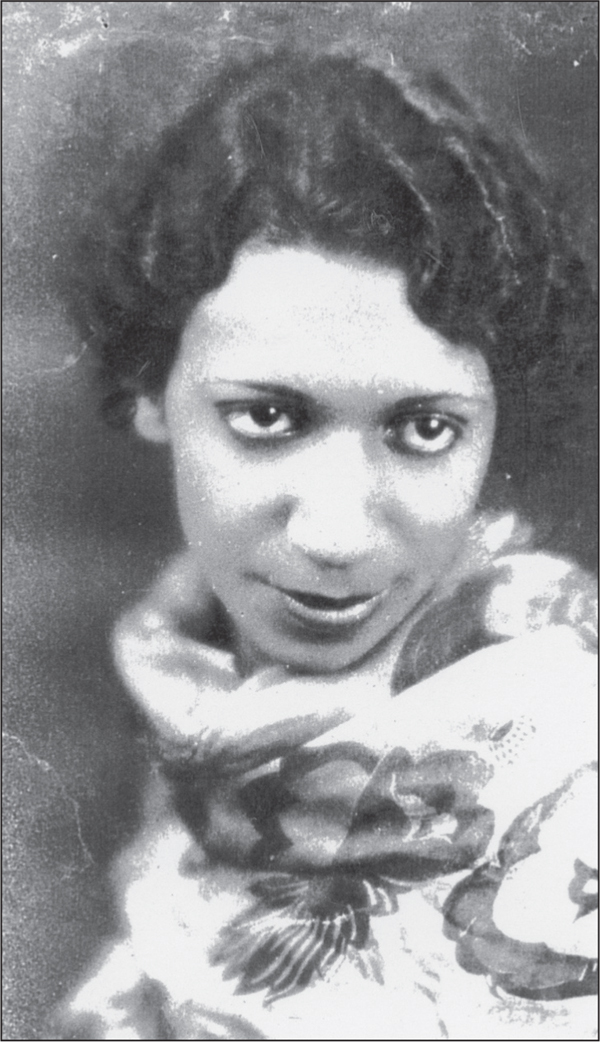
Alyce E. Joseph was not only his wife but also his partner, assisting him on photography shoots.
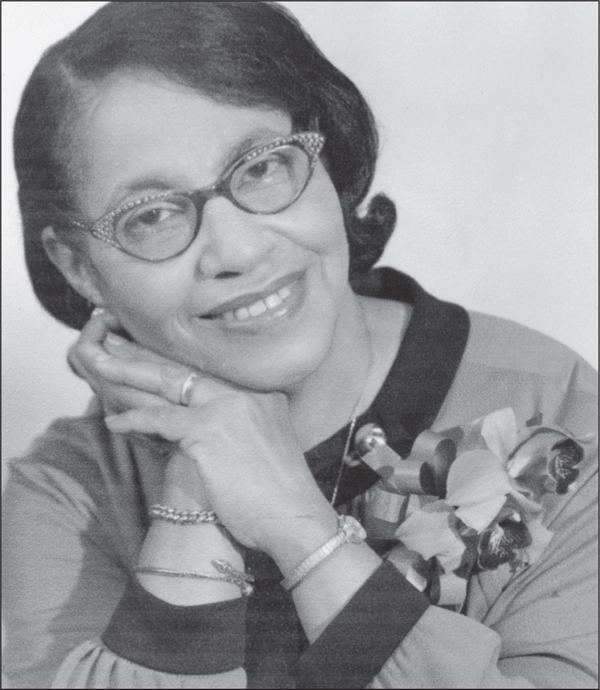
Lucy Lartigue Joseph, his second wife, was born in 1901 in St. Lucia, where she also went to school to become a nurse. Lucy later moved to New York City and remained there until she married Joseph.
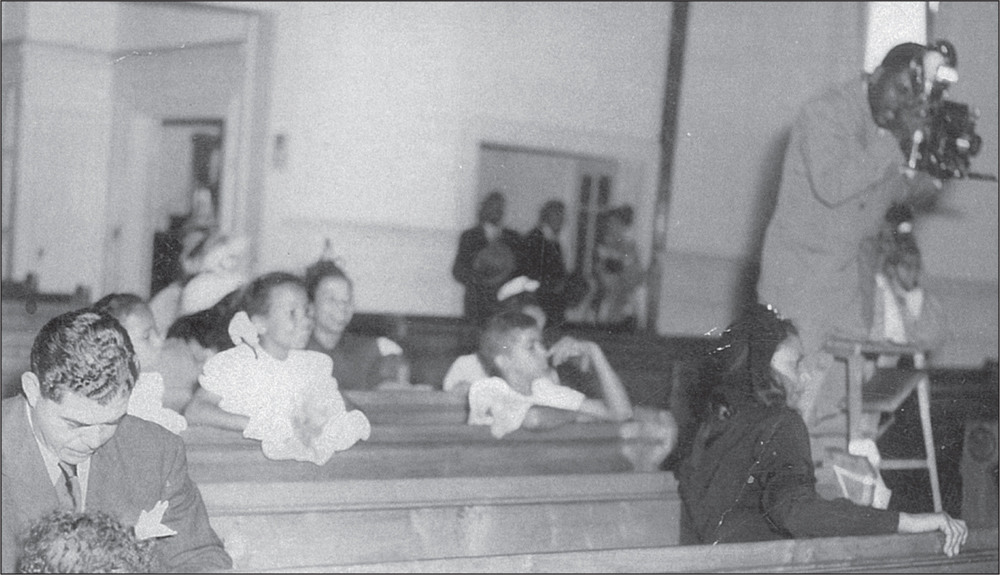
E.F. Joseph is seen here in action in 1949. He balances on a ladder to take wedding photographs at the Taylor Memorial Church in Oakland. His wife, Alyce, is seated beside him, tossing up fresh lightbulbs and catching the spent ones.

This is the photograph E.F. Joseph was taking of the wedding party of bride Gail Bomar and her new husband, Robert Sanders.
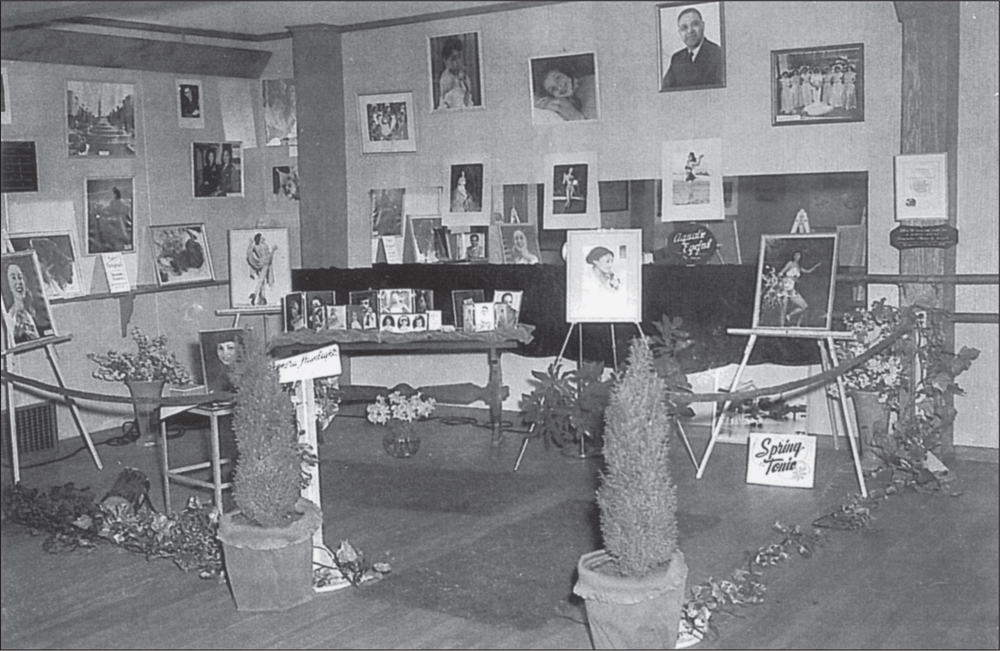
An exhibition of E.F. Josephs photographs is displayed here.

This is an edited proof of E.F. Josephs business card.
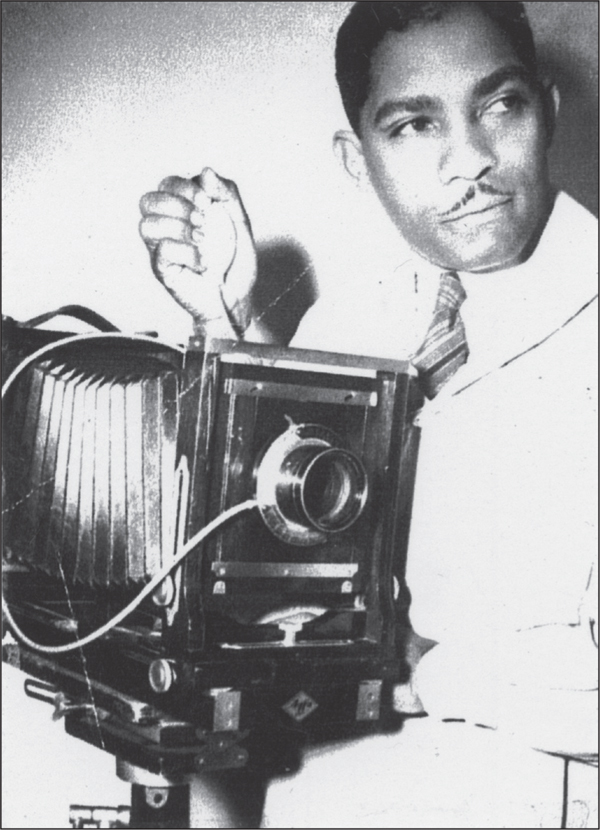
E.F. Joseph is pictured here with his camera, and his workroom is seen below.
Next page

